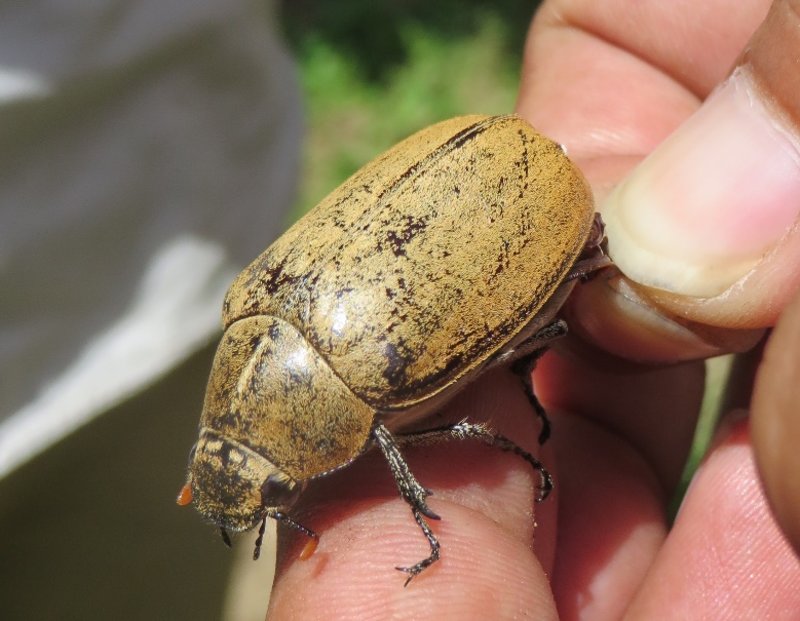Fighting for Farms on the Island of Bali – Overcoming a Major Insect Pest
Limechapishwa
2018-01-07
By Patrick Trail – Agricultural Staff at ECHO Asia RIC
Upon arrival on the island of Bali, Indonesia, myself and ECHO Asia Director, Dr. Abram Bicksler were immediately reminded that man is at best only marginally in control of his environment, and at its mercy more often than not. With the threat of eruption of the menacing Mt. Agung volcano looming in the background (which has since erupted), and the evacuation of numerous communities from its slopes, I could understand how people might be willing to leave their homes and vacate their farms. What was more shocking however, was learning that something far smaller and seemingly benign, a local insect pest known as Gayes, could have caused farmers in the same area to have abandoned their fields long before the threat of any volcanic eruption.

Mount Agung Volcano (prior to eruption)
Photo credit: Patrick Trail
It was this agricultural pest, the Sugar Cane White Grub (Lepidiota stigma) that brought us to the island. At the invitation of local ECHO Asia partners and hosts, World Relief Indonesia, we partnered together to assess the destruction and cause of this voracious grub within the larger context of helping local communities with DRR (Disaster Risk Reduction). Consuming the roots and tubers of a wide variety of agricultural crops (notably banana, sweet potato, cassava, and several other vegetable crops), this grub has proven to be a major management challenge for smallholder farmers on the island, to the point that fields have been taken out of production and abandoned in favor of unaffected areas or migration to urban areas.
In the midst of these challenging circumstances, World Relief Indonesia has stepped in on behalf of local farming communities to find a potential solution, or rather a set of effective practices affordable to the farmer, appropriate in local context, and sustainable in regard to the environment. Through the implementation of on-farm trial plots, several practices are being tested for their ability to combat the Gayes pest. Some progress is being made, and some fields have been brought back into limited production thanks to the efforts of World Relief and their agricultural staff.
As is the case with many real world agricultural challenges though, it has been difficult to pass on any ‘one size fits all’ solutions, and we continue to support our partners on the ground by offering several individual options of potential merit. Currently we are in the process of building an Integrated Pest Management plan, made up of several stand-alone practices, aimed at targeting the issue in a more holistic manner. This combination of preventative, mechanical, biological, and chemical controls has been brought to the table, and will be tested in their low-risk trial plots for their ability to bring this pest within manageable thresholds.
For input or further information on specific management practices being implemented in this context, please feel free to contact us. Successful and practical options stemming from this setting will be gladly shared in the future; so please stay tuned.

ECHO Asia staff member Patrick Trail and World Relief Agriculturalist Julianto Samosir survey damage of banana by L. stigma.

Lepidiota stigma larvae
Photo Credit: Patrick Trail